This was the last event I went to at Sydney Science Festival and definitely the hardest for laypeople like me to wrap their minds around. I’ll try keep it super-simple! (Yeah right.)
Quantum computing with Stephanie Simmons (UNSW)
There’s a lot of hype in the media about quantum computing so we should distinguish between what a quantum computer can and can’t do. Quantum computing relies on superposition which is defined as mutually incompatible quantum state configurations. The hype is that quantum computing will lead to massive parallel processing. The reality is that a taking a measurement of a quantum system will collapse the system (or give it the appearance of collapse in MWI). This means quantum computers can’t just take measurements willy-nilly and it’s the effect of quantum interference (the interaction between different branches of the wave function) that create useful computation. It’s only a certain class of algorithms that this helps with.
To explain how this works, the double slit experiment shows an interference pattern even if we emit a single particle (eg. photon or electron) at a time. The only reasonable explanation is that the different paths the electron take interfere with each other creating the interference pattern. When the phases are the same we get constructive interference, if they’re different we get destructive interference.
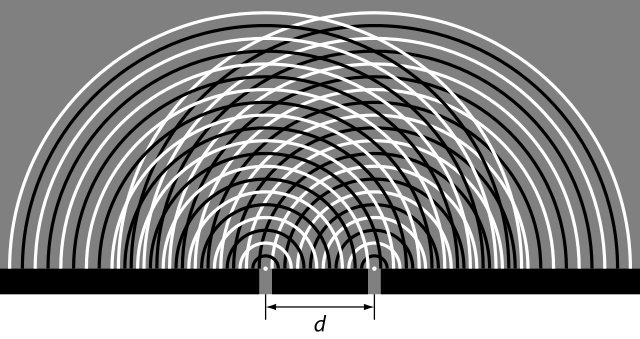
Now, consider a phase shifter that will flip the phase of the photon entering it. If both slits have a phase shifter, the interference pattern will be the same as no shifters. So with a single photon, we can figure out if there’s an odd or even number of phase shifters! This is an example of the power of quantum computing.
The same thing is true of a larger number of slits and phase shifters so quantum computing can be used to search through an entire list in one step. Quantum computing therefore can explore the full data set using superposition, produce the computation with quantum interference and obtain the answer in one go. Classical computing generally requires going through the list one entry at a time. This means quantum algorithms are great for finding a needle in a haystack. For other problems, it’s still hard to figure out if there’s a quantum algorithm that’s efficient. Potential applications: simulating quantum events, machine learning, big data, forecasting, optimisation, searching lists and finding prime factors (leading to improved encryption).
The main barriers have been in the materials, keeping the system in a state of superposition and not having access to a quantum cloner. In classical computing, a signal can be split into two or more in logic gates. For quantum information, this is mathematically impossible. This has great applications in secure communication (Alice and Bob can talk using quantum entanglement and a listener can’t take a copy of the data without collapsing it) but makes building quantum logic systems much harder. In classical computing, error correction is done by making multiple copies of the data and taking a majority votes algorithm but we can’t do this in quantum computing without the quantum cloner.
In 1995 a scheme for quantum error correction was created requiring a 1 in a million error rate. The original experiments had a 1 in 10 error rate. In 2005, the error correction system was updated to be feasible if there was a 1 in 1000 error rate. We are finally at the stage where the three major hardware methods (ion traps, silicon, superconductors) have reached this error rate.
Simmons works with silicon qubits where the cubit is a single atom whose spin-up and spin-down is used to stand for 0 and 1. To measure it requires a giant system, much like the computers of the 1950s that filled up entire rooms.
Q: Will quantum computing help speed up developing AI?
A: Some others with more AI expertise do think so.
Q: Are we running useful algorithms now?
A: Not yet. An entire PhD has been spent on factoring the number 15. (I bet the poor bastard/ess got lots of “it’s 3X5, mate” jokes.)
Q: If you can control phase shifters will they work like switches in a classical computer?
A: Yes but that was also an illustrative example, there are other ways to make a quantum computer perform work.
Q: What are the physical limitations of the system?
A: Most quantum systems die in nanoseconds (Simmons record was 39 min). Solid state silicon qubits are great but getting mutliple qubits to talk to each other is hard.
Q: Is it possible to measure in real time?
A: Now it is.
Q: If the NSA did this, would they be able to read all password-protected data?
A: Yes, and they wouldn’t tell us that they can! We need to start shifting to quantum or other encryption schemes.
Q: Can you transfer information using qubits?
A: Yes since photons move around – they’re called flying qubits.
Q: How would a quantum computer have an operating system?
A: There would probably be a classical computer OS and application that’s a wrapper for the actual quantum computer..
Q: Can this be done at room temperature?
A: We are determined and will get there. Diamond works well in room temperature. But it’s decades away.
Q: Why do you prefer silicon as a material?
A: It’s the best basic ingredient and there’s the ability to piggy-back off the existing silicon industrial infrastructure to scale up.
Q: How can something exist in two states at once?
A: Quantum mechanics! The interference patterns for a single particle prove it.
Quantum teleportation with Ping Koy Lam (ANU)
Do teleporters exist? The phone is a kind of voice teleporter. So is a TV, fax, email. But you can always tell the duplicate because the copy isn’t perfect. When we talk about “real” quantum teleportation, we mean measure a system with perfect fidelity, transmit the information and reconstruct a perfect copy.
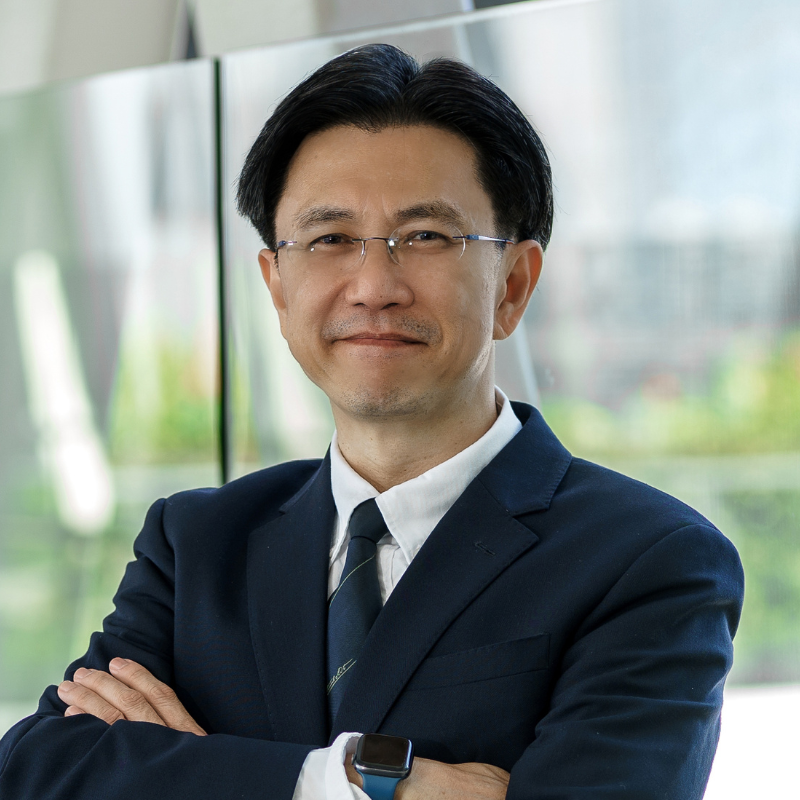
Achieving teleportation requires overcoming the many of quantum concepts and is therefore very difficult. One of these is the Heisenberg uncertainty principle. Observables about the quantum world exist in conjugate pairs where the more we know about one member of the pair the less we know about another. (An example of a conjugate pair is position and momentum.) This is a mathematical principle so an intrinsic feature of the universe – not something we can eliminate with better engineering. There’s also quantum noise: vacuum has a zero point energy with virtual particles popping in and out of existence. These factors will stop the copy being perfect.
The necessary breakthrough came in 1993 from Charles Bennett at IBM’s labs. The solution, to commit the sin of quoting Wikipedia is:
[T]he complete information in an unknown quantum state is decomposed into purely classical information and purely non-classical Einstein-Podolsky-Rosen (EPR paradox) correlations, sent through two separate channels, and later reassembled in a new location to produce an exact replica of the original quantum state that was destroyed in the sending process
This makes use of quantum entanglement, where two separate parts of a quantum system (eg. two photons that could be light years apart) are strongly correlated in a manner Einstein described as “spooky action at a distance”.
Using this technique, Lam’s lab was able to teleport a photon of light. This is easy because a photon only has a couple of variables to measure. But even an atom is very complex, having about 100 parameters so we’re a long way off. The immediate applications of this are in cryptography which could then be the teleportation of information that’s entangled (and so can’t be read off by a third party).
Q: How do you entangle and un-entangle particles?
A: A few ways, mostly through laws of conservation. One photon is split into two entangled photons with half of original energy each.
Q: Can quantum computing help with measurements for teleportation.
A: There is a famous paper with the blueprint of a quantum logic gate that has a teleporter.
Q: How far apart can Alice and Bob be?
It’s very fragile. To date, world record for entanglement is 260km. Still, it’s just 6km of air to outer space when a sattelite can capture it and it would only take 6 hours to go around the world so in theory across-the-world communication is possible.
Q: Has anyone tried to teleport atoms?
A: Yes but only teleporting one conjugate pair of variables (not the full 100).
Q: Can you use entanglement itself for communication?
A: No, not in a way that would violate the no-faster-than-light rule.
Q from kid: How long would it take to produce teleporters for public use?
A: If you’re talking about a household pet the safest assumption is it’s just not possible. To compare scales, if transporting a living creature is like traversing the known universe we’ve just taken a 1mm step forward.

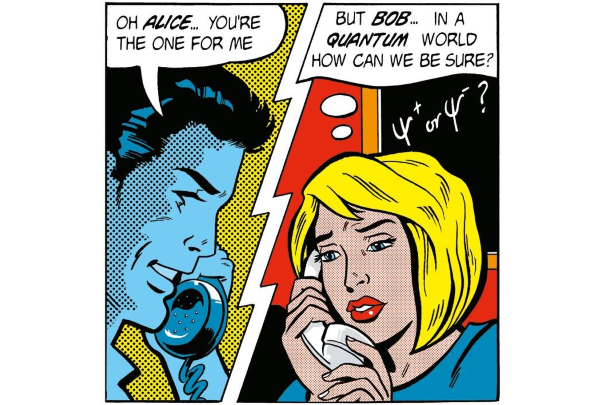
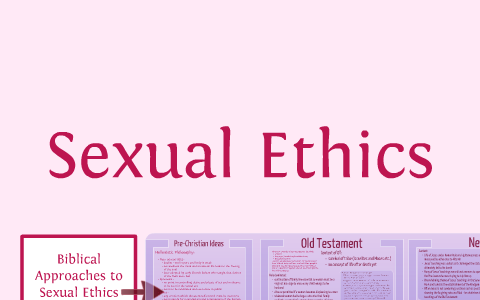
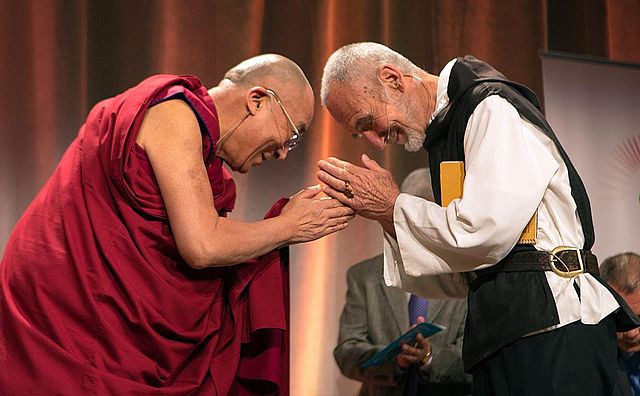

0 Comments